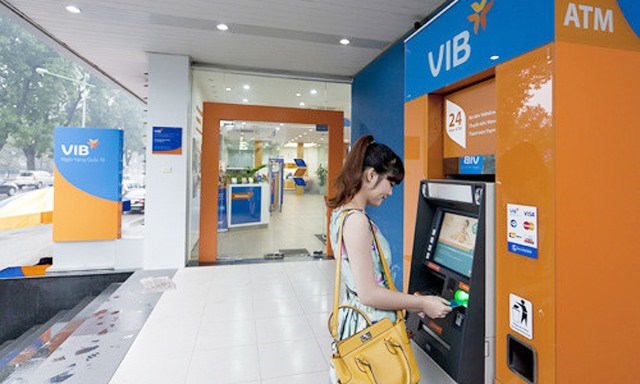
Illustrative image (Source: tapchitaichinh.vn)
The Vietnam Information Security Association (VNISA), the Information Technology Department and the Financial Services - Information Sharing and Analysis Center (FS-ISAC) co-organised a workshop titled ‘Threat intelligence and responses to cyber attacks in the banking sector’ in Hanoi on last week.
The workshop aimed to create conditions for Vietnamese financial organisations and banks to access measures to ensure safety, prevent cyber attacks and warn about cyber risks so solutions can be put in place to protect information systems effectively.
The banking industry is constantly improving the quality of its services, including digital banking services such as internet banking, mobile banking, and 24/7 ATM services, said Hung.
However, these conveniences also result in many risks and challenges in information security for customers and banks, he said. “Banks themselves have invested in advanced security solutions such as firewalls, anti-malware software, data leakage prevention solutions, intrusion detection systems and regulations governing the operation of information technology,” he said.
“However, this is not enough to combat unpredictable and complicated cyber attacks.”
Hackers often used Cobalt malware to attack banking systems and automatic teller machines (ATMs), said Tim Bobak, an expert from Group-IB.
“Hacker groups use Cobalt malware to manipulate account information and adjust security settings to withdraw through ATMs,” the expert said.
Bobak said that there were many different measures to deal with network security issues for the banking system such as monitoring transactions and internet banking activities as there were various protection mechanisms in banking systems. One solution in limiting night trading would protect the interests of customers because hackers were heavily active at night.
Recently, the State Bank of Vietnam (SBV) required credit institutions and branches of foreign banks in the country to limit cash withdrawals from their ATMs at night.
The SBV’s move was made after several Vietnamese banks had trouble dealing with card data theft and so-called skimming at ATMs, especially at night, including Agribank. In April this year, 400 Agribank accounts were the victims of theft.
According to a statistic from VNISA, the information security index of Vietnamese credit institutions and banks was only 59.9 percent last year.
Of these, the banking group had an index of 60.9 percent and other credit institutions stood at 55.4 percent.
The figure was low compared to the urgent requirement of information security at the moment, Vu Quoc Khanh, VNISA information security expert, said. “It is important for banks to determine their level of information security.”
In fact, only a few banks have identified the level of information security at 4/5, he said. Khanh said that the State Bank of Vietnam should provide information, guidance and experience to reduce risks./.
VNS/VNA
 Da Nang invests over 200 billion VND in semiconductor chip design, AI development
Da Nang invests over 200 billion VND in semiconductor chip design, AI development



